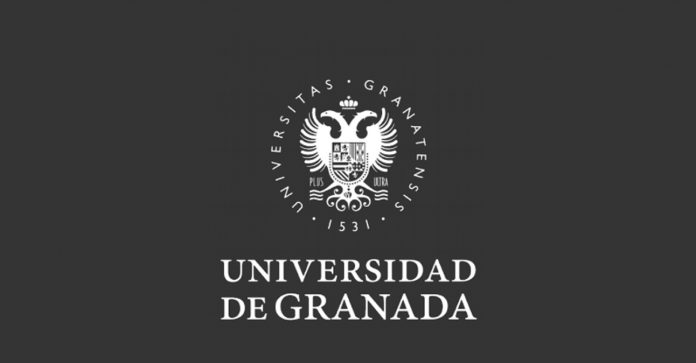The role of SHM in the risk assessment process of ageing bridges: an overview of ongoing research efforts in light of the new Italian code provisions
Italy, likewise many other western countries, is facing a tremendous challenge in quantifying and ensuring safety of existing infrastructure network with a special focus on ageing bridges, tunnels, dams and power plants. The societal awareness about the issue of ageing bridges is particularly strong and has grown significantly after the dramatic collapse of the Morandi bridge in Genoa occurred in 2018. In order to provide the different public and private road managing authorities with a standard tool for safety management of bridges, the Italian Ministry for Public Works has published in 2020 a new code called “Guidelines for risk classification and management, safety evaluation and monitoring of existing bridges”. Such guidelines, which are currently undergoing a validation period which will be supervised by the Italian Scientific Community, represent a quite unique and innovative technical code at the international level, where the priority of intervention in bridges results from the application of an objective and quantitative method based on periodic inspections, non-destructive evaluation tests, structural analysis and Structural Health Monitoring (SHM). The role given to SHM is the specific focus of this talk. According to the new guidelines, SHM comes into play when the bridge is classified in a highly critical condition and the role of SHM is that of monitoring the evolution of a known defect for a limited period of time, before the structural upgrade intervention, in such a way to anticipate major consequences and take informed decisions. This poses the SHM paradigm into a clear direction as a fundamental “tactic” tool to monitor safety for limited time periods and with respect to highly critical conditions.
The talk will start from discussing the role that bridge SHM is gaining in Italy under the mentioned code provisions and follows with an overview of recent research carried out at the University of Perugia to develop effective SHM tools for applications to bridges and other types of structures in the overall depicted framework. Attention will be focused on vibration-based methods, with specific reference to operational modal analysis and statistical pattern recognition tools for damage detection, the use of surrogate models and Bayesian inference for damage localization, the use of seismic interferometry as a dual approach to OMA and the fusion of OMA and incremental dynamic analysis methods for seismic SHM applications. A brief overview will also be presented on smart materials applications for establishing more direct links between data and damage and for conducting intelligent bridge monitoring (e.g. through low cost weigh in motion of heavy vehicles). Some cost aspects will also be presented along the talk for providing a clear framework for quantifying the financial gain of a bridge SHM system.
-
Dr. Filippo Ubertini
Full professor. Department of Civil and Environmental Engineering, University of Perugia, Italy -
9 april 2021, 10:00 h.

